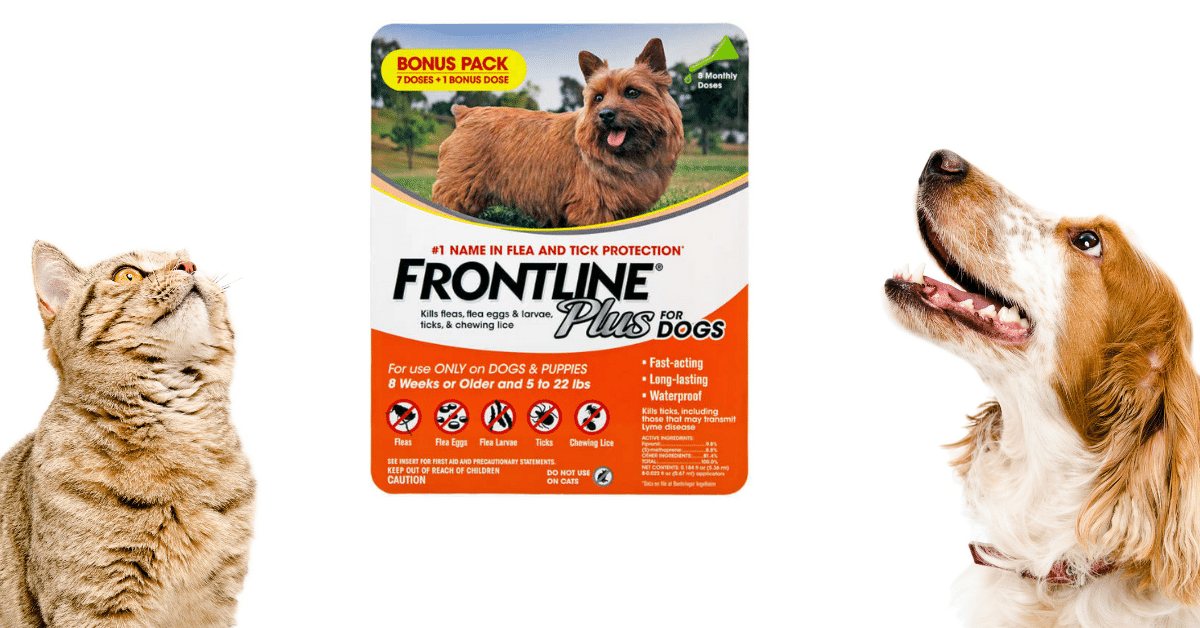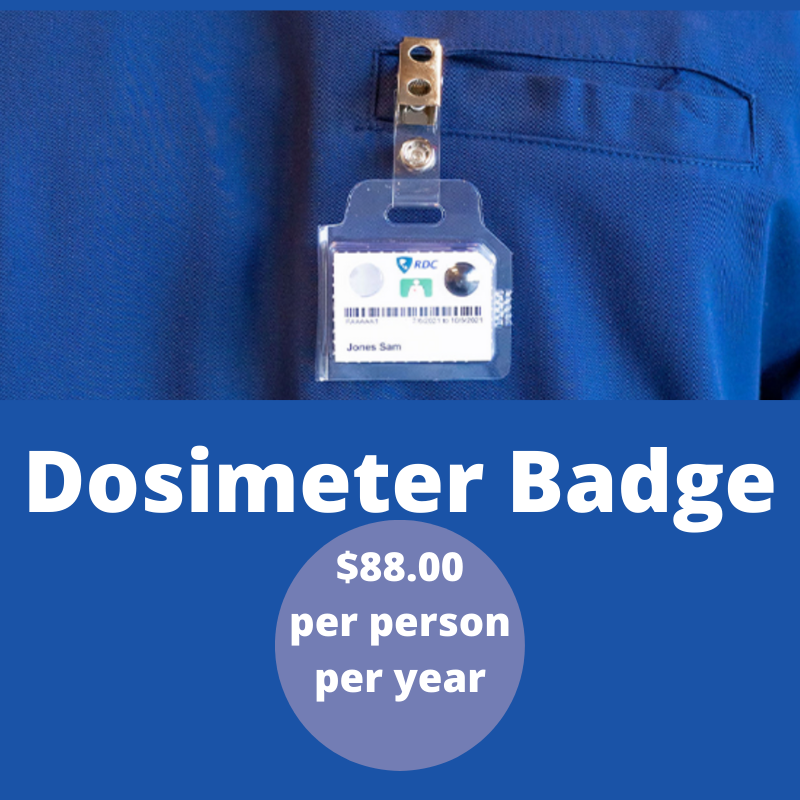Can You Give Your Pet Trifexis and Frontline Together?
/Table of Contents
- Do You Need to Combine Trifexis and Frontline?
- How Frontline Works
- How Long Does Frontline Last?
- How Trifexis Works
- How Long Does Trifexis Last?
- Safely Combining Trifexis and Frontline
- “Doubling Up” and Medication Combinations to Avoid
- Can I Use Flea Collars in Combination with Trifexis and Frontline?
- Seresto Flea Collar
- Hartz UltraGuard Flea and Tick Collar
- Pet Armor Flea and Tick Collar for Dogs and Cats
- EasyDefense Flea and Tick Collar for Dogs
- This collar also:
- Other Safe Combinations
- Capstar or Comfortis
- Both Capstar and Comfortis can be safely given in combination with any of the following:
- Flea Collars
- Unsafe Combinations
- Heartworm Medication: Heartguard
- Flea Medicine and Flea Shampoo
- Common Medications That Should Not Be Combined
- Flea, Tick and Parasite Prevention For Cats
- Revolution Plus
- Bravecto Plus
- Frontline Plus
- Flea, Tick and Parasite Prevention for Small Animals
- Advantage II Topical Ferret
- Ultra Care Flea and Tick Spray
- Ultra Care Mite and Lice Spray
- Flea, Tick and Parasite Prevention for Large Animals
- Best Flea and Tick Treatment For Horses
- Durvet DuraMectin
- Takeaway
If you’re a pet owner, you know you’d do anything to keep them happy, healthy, and pest-free. Two of the most used flea, tick, and parasite treatments are Trifexis and Frontline. As a pet owner, you may be wondering: can I give my pet Trifexis and Frontline together?
You can give your pet Trifexis and Frontline safely in combination. There are no known harmful side effects of combining Trifexis and Frontline treatments.
In this article, we’ll cover the science behind the safe combination of these two treatments, how each of them works to keep your pets flea-free, and another flea, tick, and parasite treatment guidelines to follow.
Do You Need to Combine Trifexis and Frontline?
Trifexis and Frontline can be used in combination, but it isn’t necessary for them to be effective treatments against fleas, ticks, and parasites.
Frontline specifically targets only fleas and ticks, while Trifexis also targets common parasites (intestinal worms and heartworm infection). It’s a good idea to make sure your pet is protected from both, but it isn’t essential for either Trifexis or Frontline to be combined for effectiveness.
How Frontline Works
Frontline is a topical flea and tick treatment and is one of the most commonly administered medications to treat and prevent flea and tick infestations. It contains:
Fipronil. A fat-soluble flea-killing solution that accumulates in oil glands and absorbs into your pet’s skin.
S-Methoprene. This chemical seeps into flea and tick eggs and prevents them from releasing the hormones they need to stick to your pet’s skin and fur.
Frontline is administered through a small pouch of the solution placed at the nape of your dog or cat’s neck and between the shoulder blades. This placement prevents your pet from licking away the solution before it can take effect.
How Long Does Frontline Last?
Frontline protects your pet from fleas and ticks for thirty days. A dose should be given monthly to ensure full protection.
It is not recommended to use Frontline more often than once every thirty days.
The average flea life cycle lasts around thirty days as well, so if you’re treating an active infection, you should start seeing results or dead fleas around the time your pet is ready for its second dose.
How Trifexis Works
Trifexis is an orally administered flea and parasite treatment in the form of a meat-flavored chewable treat. When taken monthly, it effectively treats and prevents flea and common parasite infestations (like roundworm, hookworm, heartworm, and whipworm) with the following ingredients:
Spinosad. This is the flea-killing ingredient in Trifexis. It works by targeting, paralyzing, and killing fleas.
Milbemycin oxime. Prevents heartworm disease, hookworms, roundworm, and whipworm.
Trifexis is best administered with food to prevent an upset stomach. It should also be noted that Trifexis is suitable for dogs only and is not recommended for cats.
If you see live or dead worms in your pet’s vomit or stool, take them to their veterinarian right away. They may have a parasitic infection too advanced for over-the-counter treatments like Trifexis to treat and could require stronger prescription medication.
How Long Does Trifexis Last?
Trifexis is effective for thirty days, and your pet should receive a monthly dose to ensure full protection.
It is not recommended to use Trifexis more often than once every thirty days.
Safely Combining Trifexis and Frontline
It’s perfectly safe to combine Trifexis and Frontline treatments because the active ingredients do not have any adverse chemical reactions when used together.
However, every pet is different. Some animals respond better to one combination of treatments than another. Always consult your veterinarian before combining flea, tick, and parasite treatments.
Things to remember when administering Trifexis and Frontline:
Trifexis should always be given just before or after mealtime to prevent upset stomach and vomiting.
Your pet should not go swimming for two days after Frontline has been administered.
Because Trifexis and Frontline are treating two separate issues (Trifexis treats parasites and Frontline treats fleas and ticks), they are safe to use in combination.
“Doubling Up” and Medication Combinations to Avoid
“Doubling up” is the term commonly used to describe using two different medications to treat the same issue. You should never use two different treatments for the same issue. This is because:
Different brands of medication used to treat the same issue often have the same active ingredients. Giving your pet more than the recommended dose of any of these ingredients can have severe consequences.
Different medication brands used to treat the same issue may not contain the same active ingredients, but the ingredients present are potent and could potentially cause damage if used in combination.
Because Trifexis and Frontline use different active ingredients, they are safe to use in combination.
Always check the label for warnings and directions of use, and consult your veterinarian before combining flea, tick, or parasite medications.
Can I Use Flea Collars in Combination with Trifexis and Frontline?
In short, yes. There are flea collars that are safe to use in combination with Trifexis and Frontline. If you’re going on a hike or on a trip with your pet where the risk of flea and tick infestation is particularly high, flea collars are a highly effective way of preventing fleas and ticks from targeting your pet.
Some of the most popular flea collars that can be safely combined with Trifexis and Frontline are outlined below.
Seresto Flea Collar
Seresto comes in various sizes and dosages, perfectly suited to fit dogs of varying sizes and ages. When used correctly, it:
Repels fleas and ticks within 24 hours of initial application
Kills existing fleas and ticks within 2 hours of initial application
Works on contact, no painful bites from fleas or ticks required
Continues working for up to eight months
Seresto is an odorless, grease-free way to protect your pet from fleas and ticks. It can be safely used in combination with both Trifexis and Frontline.
Hartz UltraGuard Flea and Tick Collar
Primarily manufactured for large dogs, Hartz UltraGuard Flea and Tick Collar is another great option for pet owners and is safe to use in combination with Trifexis and Frontline.
Combats fleas and ticks for up to 7 months after initial application
It kills fleas and ticks on contact
Water-resistant, fights fleas and ticks even when wet
Hartz UltraGuard should only be used on dogs over 12 weeks of age.
Pet Armor Flea and Tick Collar for Dogs and Cats
Pet Armor’s Flea and Tick Collar is formulated to effectively prevent and kill fleas and ticks on both dogs and cats.
Protects cats and dogs from fleas and ticks for up to six months
Waterproof protects against flea and tick infestations even when wet
Adjustable for a secure fit
Pet Armor’s Flea and Tick collar is safe to use in combination with Trifexis and Frontline on both dogs and cats.
EasyDefense Flea and Tick Collar for Dogs
EasyDefense offers a completely natural flea collar for dogs. It uses the following natural flea and tick repellants to protect your pet:
Geraniol (an extract from Geranium flowers)
Thyme
Peppermint
This collar also:
Contains all-natural, non-toxic active ingredients
Contains zero synthetic insecticides
Is made from nylon for a comfortable fit
Is infused with natural botanicals
Is durable and water-resistant
Because this collar is made from 100% natural and non-toxic active ingredients, it’s perfectly safe to use in combination with any flea, tick or parasite treatment.
Other Safe Combinations
There are other brands of flea, tick, and parasite preventative medications that can be safely given in combination with each other. Here are some safe combinations to keep in mind.
Capstar or Comfortis
Capstar and Comfortis are both orally given flea treatments that are safe to use with both cats and dogs. They both start killing fleas within thirty minutes of administering and continue to treat flea infestations for thirty days.
Both Capstar and Comfortis can be safely given in combination with any of the following:
K9 Advantix II
Frontline Plus
Advantage II
Revolution
Pet Armor
Advantage Multi
Frontline Top Spot
Sentinel
Farnam Bio Spot
Flea Collars
Many of the most commonly used flea collars, including the collars we’ve covered above, can be used safely in combination with any of the following:
Frontline Plus
Revolution
Pet Armore
Frontline Top Sport
Farnam Bio Sport
Trifexis
Interceptor
Certifect
Advantage Multi
It’s important to use the correct size collar for your pet and to consult your veterinarian before using a flea collar in congruence with other flea and tick treatments.
Unsafe Combinations
You need to be careful if you are thinking of combining some medications. Some heartworm medicine and other drugs shouldn’t be combined. Consult your vet before giving your pet any medications.
Heartworm Medication: Heartguard
Heartworms are the most lethal of parasitic infections, and it’s important to make sure your pet is fully protected. Heartguard is the most commonly used heartworm prevention treatment and can be used safely with flea, tick, and parasite treatments if the second medication does not target heartworms.
Heartguard should never be given in combination with a second treatment that also protects against heartworms. This can have severe and even deadly side effects.
Flea Medicine and Flea Shampoo
Flea and tick medications are tough on your pet’s liver, and veterinarians warn that combining these treatments with topical shampoos and flea baths can be too much for your pet’s liver to process, resulting in liver damage and adverse side effects.
It’s important to never use flea treatment, oral or topical, congruently with flea shampoos. Instead, wait until a few days has passed since your pet has finished initial treatment to bathe them with flea shampoo if necessary.
Common Medications That Should Not Be Combined
The following combinations are unsafe and should never be given to a pet at the same time:
Frontline Plus and Advantage II
Advantage Multi and Revolution
Advantage Multi with anything other than Capstar or Preventic
Frontline and Advantix
These combinations can be challenging for your pet’s organs to process at the same time. Congruent use of these treatments should be avoided at all costs.
Flea, Tick and Parasite Prevention For Cats
Just like dogs, there are several great options for preventing fleas, ticks, and parasites in cats. Here are the most common treatments and the perks of each one:
Revolution Plus
Revolution Plus offers the broadest range of protection for cats. It treats and prevents:
Fleas
Ticks
Ear mites
Roundworms
Hookworms
Heartworms
Revolution plus is a topical formula meant to be administered once a month. It is not recommended to use it more frequently.
Bravecto Plus
Bravecto Plus is a convenient option for protecting your cat from parasites, requiring only one dose every two months. It protects your cat from:
Fleas
Ticks
Hookworms
Roundworms
Heartworms
Bravecto Plus is administered topically, and the dosage is adjusted according to your cat's weight. It is not recommended to use it more frequently than once every two months.
Frontline Plus
Frontline Plus is a flea and tick treatment for cats. While it doesn’t protect against common intestinal parasites, it does cover the following:
Fleas
Ticks
Chewing Lice
Frontline Plus is meant to be administered topically once a month. It is not recommended to be used more frequently.
Frontline Plus is waterproof, making it perfect for cats that spend time outdoors or that can’t be prevented from getting wet after dosing.
It’s important to carefully follow dosage instructions and avoid combining medications and treatments without a veterinarian's consultation.
Flea, Tick and Parasite Prevention for Small Animals
Cats and dogs aren’t the only critters in need of protection from pests and parasites. Small animals like ferrets, rabbits, guinea pigs, and rats all need the same protection against fleas, ticks, and parasites as other pets.
Just like dogs and cats, it’s important to carefully follow dosage instructions and to not combine any medications without the guidance of a veterinarian.
Here are the best flea, tick, and parasite prevention medications for small animals.
Advantage II Topical Ferret
Advantage II for ferrets a topical treatment meant to be given once monthly that protects against:
Adult fleas
Flea larvae
Tapeworms (the ingestion of fleas can cause tapeworms in ferrets)
Advantage II for ferrets is specially formulated with the right ratios of adjective ingredients to safely treat and prevent flea infestations in ferrets. It is not recommended for other small animals or rodents.
Ultra Care Flea and Tick Spray
This is a spray-on formula that prevents fleas and ticks in:
Rabbits
Guinea pigs
Gerbils
Hamsters
Mice
Pigs
Along with these animals mentioned above, Ultra Care Flea and Tick Spray are safe to use on many other small animals and rodents. It can be sprayed directly onto your pet or you can use it to clean their cages during and after a flea or tick infestation.
This treatment can be used as needed, but be sure to follow the instructions for the correct use and dosage.
Ultra Care Mite and Lice Spray
Birds aren’t as susceptible to fleas and ticks, but mites and lice can wreak havoc on a bird’s sensitive skin and feathers. Ultra Care Mite and Lice Spray help to:
Prevent and treat mites and lice in caged birds
Clean bird cages that have housed a bird infested with mice or lice
Like the other Ultra Care spray on this list, this treatment can be used as needed, but you should always follow the instructions listed on the bottle for correct use and dosage.
Flea, Tick and Parasite Prevention for Large Animals
Horses, cows, pigs, and other livestock also need preventative care for fleas, ticks, mites, lice, and parasites.
Horses are the most susceptible of these large animals to parasites that live on the skin. Here are the most commonly used flea, tick and parasite treatments for horses.
Best Flea and Tick Treatment For Horses
Freedom 45 Spot On is a twelve-week topical treatment that kills and repels:
Ticks
Fleas
Horseflies
Face flies
Horn flies
Stable flies
Deer flies
Gnats
Black flies
Each dose lasts up to two weeks and one package comes with six doses. You can find it here on Amazon.
Equi-Spot prevents ticks for up to two weeks at a time. It also:
Is waterproof and won’t wash off from sweat or baths
Is available in six or twelve-week supplies
Is an easily applied topical tick treatment
Durvet DuraMectin
Formulated for oral use, this topical paste is effective at treating the following in horses:
Bots
Strongyles
Pinworms
Roundworms
Hairworms
Neck threadworms
Dirvet DuraMectin is safe for horses of all ages, mares at any stage of pregnancy and comes with an easy syringe for application.
Takeaway
When it comes to keeping your pet safe and free of ticks, fleas, and parasites, several quality options are available.
Trifexis and Frontline, which are among the most popular choices for the treatment of these pests, can safely be used in combination with one another, but always remember to carefully follow dosage instructions and consult your veterinarian before administering medication.
Whether you’re treating dogs, cats, small animals, or animals as large as horses- understanding safe and unsafe combinations and treatment options are essential to keeping your pet happy and healthy.





























